Advertisement
Writing the same types of documents over and over again can feel like a chore, especially when the structure barely changes each time. If you’re someone who deals with templates, memos, reports, or meeting notes, you’ve probably wondered if there’s a way to make the process less repetitive. Enter ChatGPT and Microsoft Word — together, they can help you skip the busywork and get straight to the point.
Let’s talk about how you can actually set this up, what you’ll need, and how it can make your workflow smoother without needing to become some sort of coding expert.
You don’t need to install a whole new set of tools or learn anything complicated to start using ChatGPT inside Microsoft Word. But there are a few things to check before you dive in.
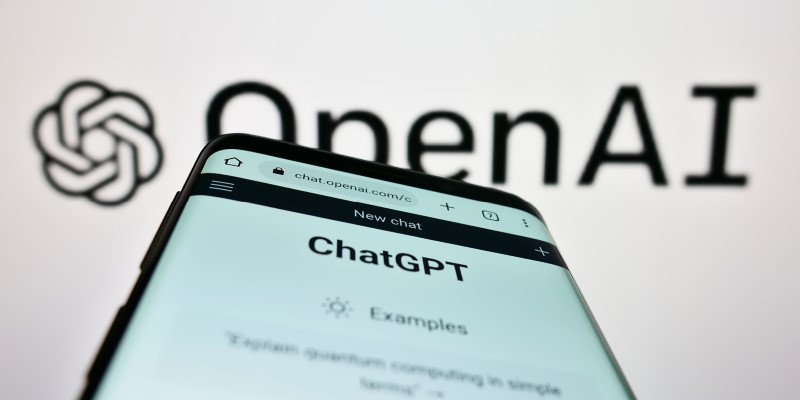
Most modern versions of Word — especially Word 365 — support add-ins. You'll find the "Add-ins" option on the top ribbon under the "Insert" tab. This is where you'll search for ChatGPT integrations.
To use ChatGPT with Word, you'll need an OpenAI account. It's free to set up, but if you want faster, more reliable access, a paid plan may be helpful, especially for regular use in a work setting.
Look for "Ghostwriter" or other ChatGPT-based add-ins in the Microsoft AppSource store. Once you install one, it'll show up in your Word ribbon. From there, you can start interacting with ChatGPT in your document window — just like you would in the web interface.
Now that you've set it up, it's time to put ChatGPT to work. The real benefit comes when you use it not just to generate one-off text but to actually build consistent documents based on your prompts and patterns.
Let’s say you write a monthly report for your department. Instead of starting from a blank page every time, you can build a prompt like this:
“Write a monthly sales report summary for [Department Name], covering [Date Range], including highlights, low-performing areas, and a brief plan for the next month.”
Paste that into the ChatGPT pane, or build it into a shortcut and let it fill out your report framework. You can tweak the wording or add specific numbers afterward, but most of the structure will be ready to go.
For those who deal with recurring emails, formal letters, or updates — this is a time-saver. You can use ChatGPT to draft these by simply feeding in the topic and tone. For example:
“Generate a professional yet friendly project update for a client. The project is [Project Name], we’ve completed [Phase], and next we’re tackling [Next Step]. Include appreciation for the client’s support.”
You’ll get a ready-made message that you can paste directly into Word or your email client.
Sometimes, you're writing and get stuck on a paragraph. Instead of toggling between tabs to ask ChatGPT for help, just use the Word integration. Highlight your half-finished sentence, right-click, and ask ChatGPT to complete or rephrase it.
You can even ask it to summarize a chunk of text, expand on a point, or reword something to make it sound more formal (or more casual). This can help you move past mental blocks without breaking your writing flow.
If there’s a certain structure or phrase you use a lot, create a custom macro or button with your favorite prompt. For example, you might have a shortcut that says:
“Turn bullet points into a formal paragraph.”
Whenever you click that, ChatGPT can instantly turn your rough notes into polished writing.
Using AI in Word is handy, but like with anything new, it helps to know where things might get bumpy.
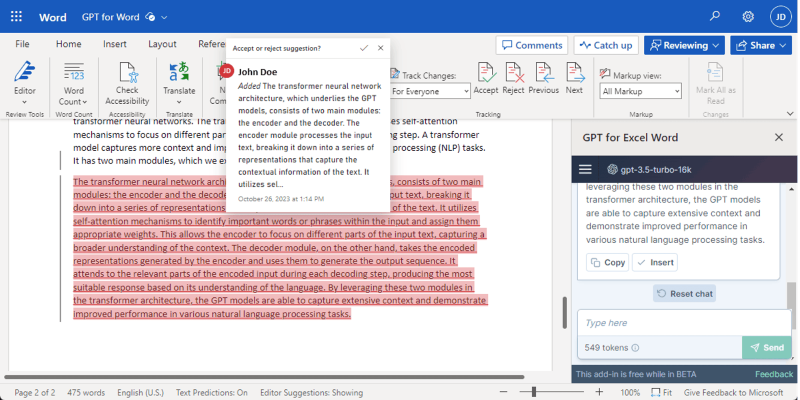
Sometimes, the output needs tweaking. ChatGPT is good, but it doesn't know the exact tone or inside knowledge your reader has. Use it as a writing partner, not a final voice.
The clearer and more detailed your input, the better the output. If something feels off, try being more specific about what you want. For example, instead of "write a summary," try to "write a two-paragraph summary in a neutral tone, based on the following data."
ChatGPT doesn't remember your inputs once the session ends, but still, avoid pasting confidential or personal information. You can summarize the context instead of using real names or numbers.
AI in Word works best for certain types of tasks. Here’s a quick guide.
Use ChatGPT where it speeds you up, but trust your brain when something needs precision, personality, or creativity that goes beyond filling in the blanks.
Working with ChatGPT inside Microsoft Word isn’t about replacing your writing. It’s about saving time on the parts that repeat — the templates, the formalities, the filler text — so you can focus more on what actually matters. Once it’s set up, the real win is how little you’ll have to do to get clean, consistent drafts rolling. If your day-to-day writing feels repetitive, this might be the change that makes it feel a little lighter. Plus, as you get more comfortable with the tool, you’ll notice how much more efficient your process becomes. The goal is to spend less time on the mundane and more on creating content that truly resonates.
Advertisement

Looking for an AI that delivers fast results? Claude 3 Haiku is designed to provide high-speed, low-latency responses while handling long inputs and even visual data. Learn how it works

Ever wondered if your chatbot is keeping secrets—or spilling them? Learn how model inversion attacks exploit AI models to reveal sensitive data, and what you can do to prevent it

Discover how GenAI transforms supply chain management with smarter forecasting, inventory control, logistics, and risk insights

Multimodal artificial intelligence is transforming technology and allowing smarter machines to process sound, images, and text
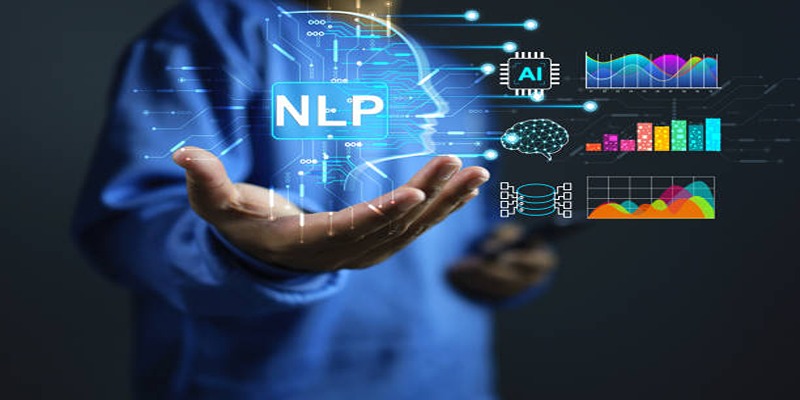
Explore how Natural Language Processing transforms industries by streamlining operations, improving accessibility, and enhancing user experiences.

Wondering how to turn a single image into a 3D model? Discover how TripoSR simplifies 3D object creation with AI, turning 2D photos into interactive 3D meshes in seconds

Not all AI works the same. Learn the difference between public, private, and personal AI—how they handle data, who controls them, and where each one fits into everyday life or work
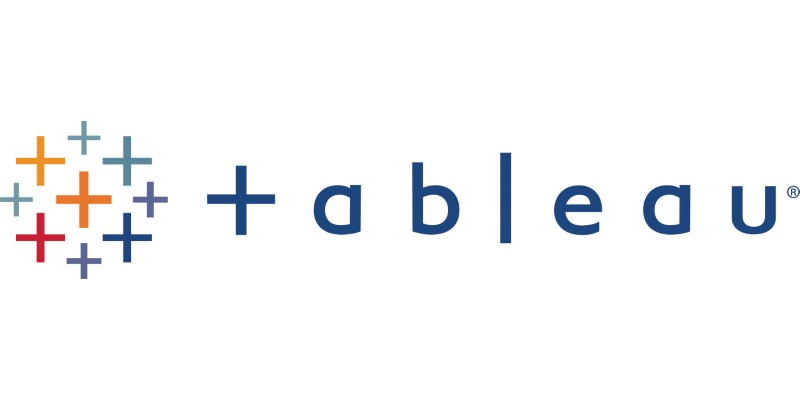
How can Tableau enhance your data science workflow in 2025? Discover how Tableau's visual-first approach, real-time analysis, and seamless integration with coding tools benefit data scientists

Learn how to create professional videos with InVideo by following this easy step-by-step guide. From writing scripts to selecting footage and final edits, discover how InVideo can simplify your video production process
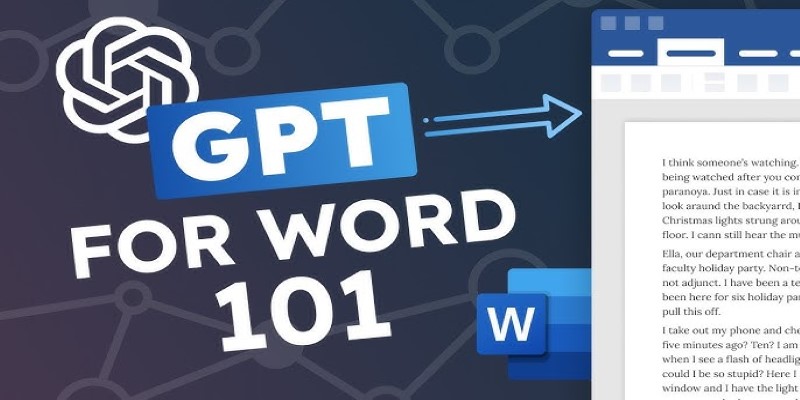
Looking for a quicker way to create documents in Word? Learn how to use ChatGPT to automate your document writing process directly within Microsoft Word

Struggling to keep track of your cooking steps? Discover how Gemini AI acts as your personal kitchen assistant, making cooking easier and more enjoyable in 2025

Explore the top 12 free Python eBooks that can help you learn Python programming effectively in 2025. These books cover everything from beginner concepts to advanced techniques